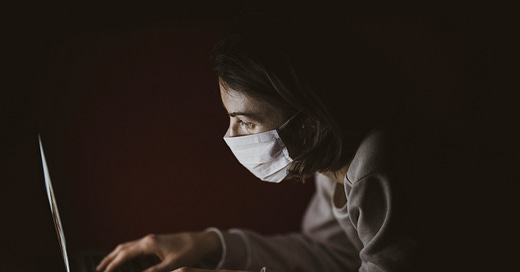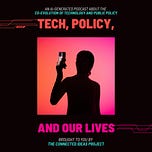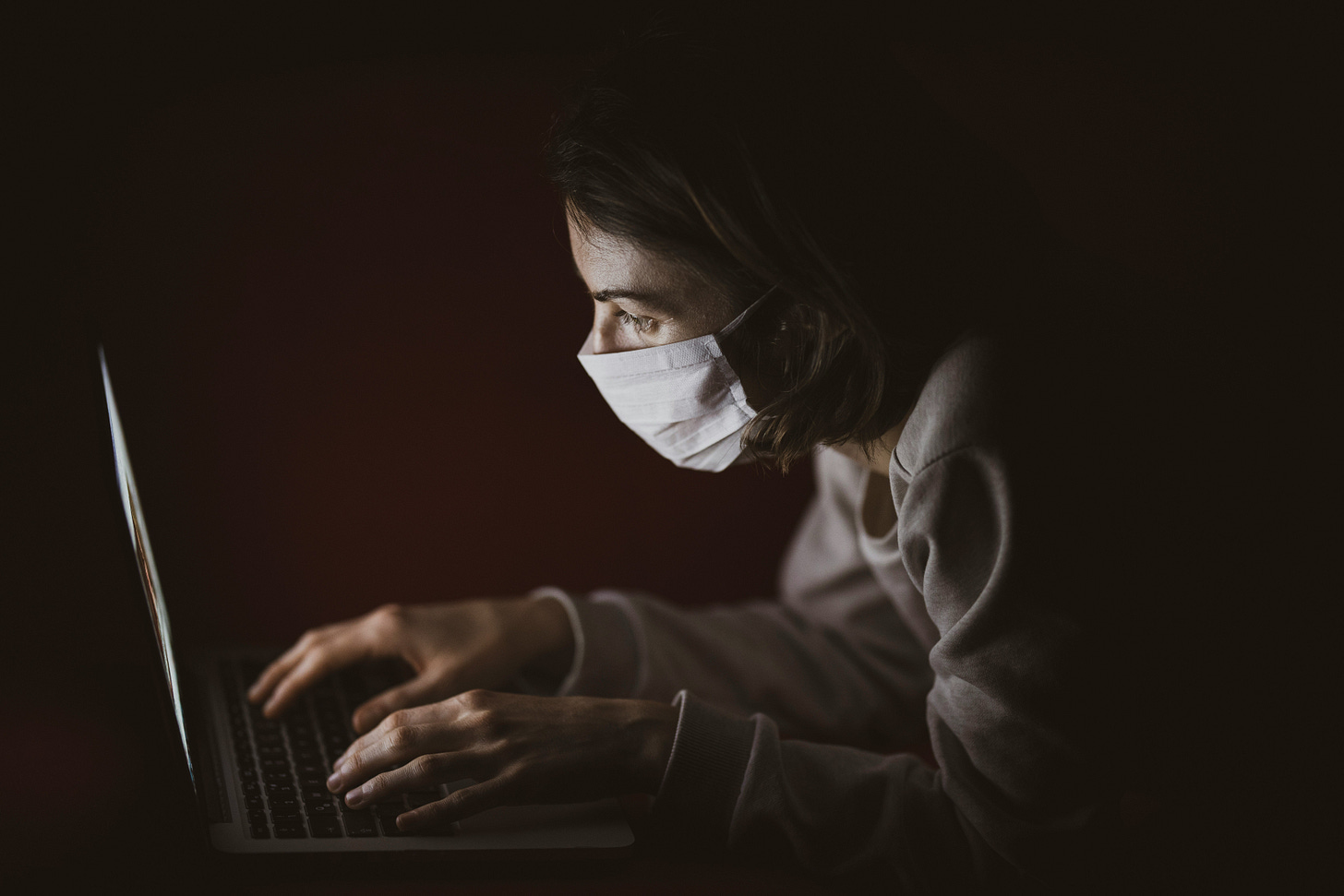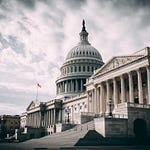TL;DR: Anticipating Biological Risk and the Impact of AI
Biological risks, whether from intentional misuse or accidental release, are a growing concern in an age where AI and biotechnology intersect. A recent report, Anticipating Biological Risk, highlights the need for a layered biosecurity approach: enhancing biosurveillance, strengthening oversight for research and materials, and fostering a culture of responsibility. It warns of AI’s dual-use potential in biology, urging careful safeguards to balance innovation and risk mitigation. By anticipating challenges and staying connected, we can navigate these complexities to build a safer and more resilient future.
Oops, I Caused a Pandemic…
When we talk about the future, biological risk is not usually the first thing that comes to most people’s mind. But as I read the recently published issue brief Anticipating Biological Risk: A Toolkit for Strategic Biosecurity Policy by my colleague Steph Batalis at CSET, I found myself appreciating the nuance of its arguments and implications—not just for policymakers and scientists, but for all of us navigating a world where science and technology are advancing faster than ever before. I also have to give Steph a shout-out for being consistently so balanced on the topic and not taking an accelerationist or doom point of view. It’s no secret many people fall deeply into each camp, and I always value those who can walk the line of both sides. Its something we have been talking about a lot over the past year at the National Security Commission on Emerging Biotech as well, so its great to hear balanced input.
The Dual Nature of Science: Promise and Peril
From the start, the report hones in on a critical dichotomy: biological research holds immense promise for breakthroughs in medicine, agriculture, and sustainability. But it also carries risks—some natural, others accidental, and a few, potentially, deliberate.
It’s easy to see biology as a purely beneficial field, far removed from the dangers we associate with, say, nuclear weapons or AI. Yet, biology has always been dual-use by nature. The same techniques that allow us to engineer lifesaving vaccines can also be twisted to create devastating bioweapons. That duality sets the stage for a conversation that is both sobering and inspiring: how do we manage the risks without stifling the promise?

Mapping the Pathways to Harm
The report introduces two core scenarios for biological harm: intentional misuse (e.g., bioterrorism) and unintentional accidents (e.g., lab leaks). Each scenario is meticulously broken down into phases, from planning to execution, and finally to potential spread. Visualizing these steps, as the report does, is more than an academic exercise—it’s a tool to identify intervention points where safeguards can make a difference.
For me, this structure hit home because it mirrors something I’ve always believed: the more we understand a process—whether it’s a research pathway or a personal journey—the better we can navigate its risks and opportunities. It’s not about predicting every outcome but about building a system resilient enough to adapt.
AI: A Double-Edged Sword in Biology
One of the most fascinating—and timely—threads in the report is the role of artificial intelligence. AI is already transforming biology, from drug discovery to genomics. But the same tools that accelerate progress could also amplify risks, such as enabling bad actors to design pathogens more effectively. This is a key topic where Steph is well-balanced because the discussion is not just about AI making biology worse but about the myriad of ways AI simply helps us do more biology.
In AI and biotechnology, the challenge isn’t just technical; it’s ethical and philosophical. How do we build systems that are not only powerful but also responsible? How do we ensure that safeguards like “model access controls” or “dual-use data restrictions” are effective without hamstringing innovation?
These questions aren’t hypothetical—they’re pressing. And as the report points out, our current safeguards often lag behind technological capabilities. It’s not enough to patch holes in the system; we need a forward-looking approach that anticipates emerging risks.
A Call for Layered Safeguards
One of the report’s central recommendations is a multilayered approach to biosecurity. Think of it as the biological equivalent of defense in depth, or the more common “Swiss Cheese Model”. Rather than relying on a single line of defense—say, regulating lab practices or restricting access to certain materials—we need safeguards at every stage of the process.

For instance, we can enhance biosurveillance to detect unusual patterns of disease early. We can establish stronger oversight for research funding, ensuring that projects meet safety and ethical standards. And, perhaps most controversially, we can rethink how we handle scientific publishing, weighing the benefits of openness against the risks of information misuse.
Beyond Regulation: Building a Culture of Responsibility
What struck me most about the report, though, wasn’t its policy prescriptions—it was its implicit call for a cultural shift. Safeguards are only as good as the people who implement them. To truly address biological risks, we need a culture of responsibility that spans the scientific community, policymakers, and society at large.
This resonates deeply with the ethos of The Connected Ideas Project. Connection isn’t just about linking ideas or technologies; it’s about fostering shared values and accountability. Whether we’re discussing biotech, AI, or public policy, the ultimate goal is the same: to create systems that reflect our best selves, not our worst fears.
The Power of Anticipation
As I was reading the report, one word kept coming to mind: anticipation. To anticipate is to prepare—not just for what is likely, but for what is possible. It’s a mindset that applies to more than just biological risk; it’s a way of approaching the world with curiosity, humility, and determination.
The pathways to biological harm may be complex, but so are the pathways to resilience. By layering safeguards, fostering responsibility, and staying connected, we can navigate the uncertainties—not just in biology, but in the broader intersection of technology, policy, and life itself.
This is what The Connected Ideas Project is all about: pushing boundaries, staying connected, and turning complex challenges into opportunities for growth.
Until next time, let’s keep building a safer, smarter, and more connected future.
Cheers,
-Titus
Founder, The Connected Ideas Project
The podcast audio was AI-generated using Google’s NotebookLM














Share this post